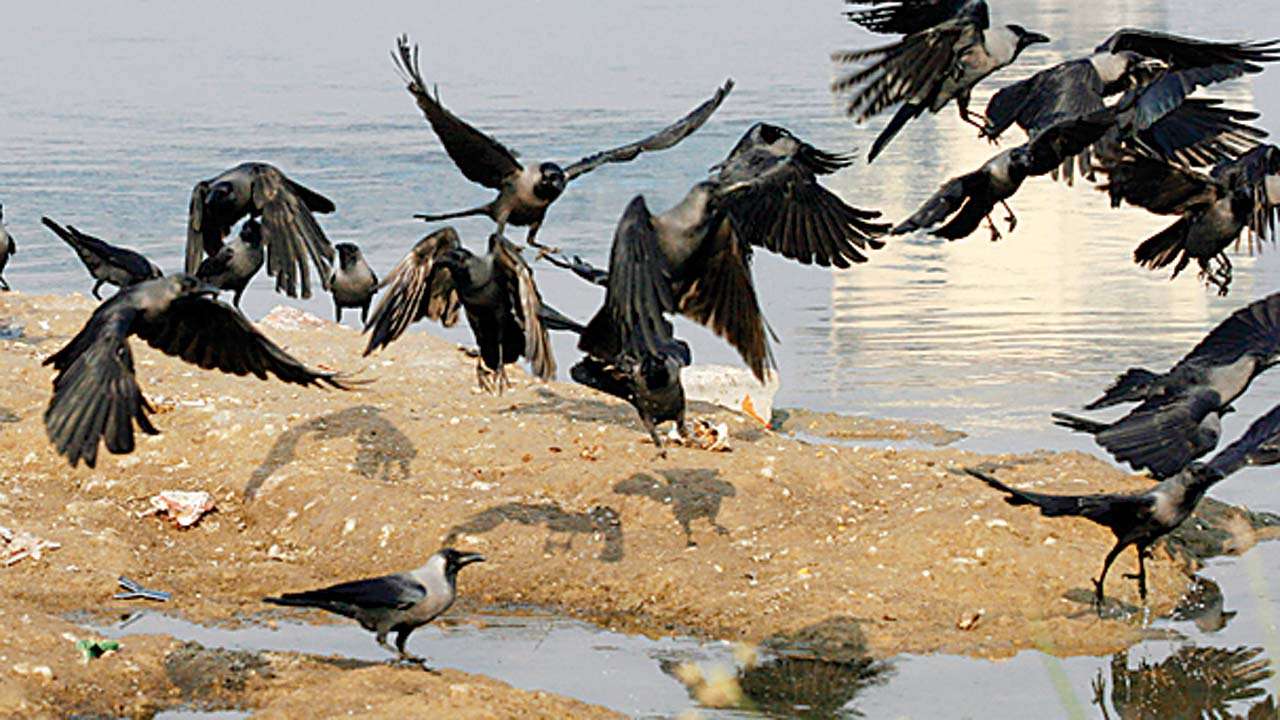
I am writing this from a resort perched on the edge of a labyrinth of backwater lagoons in Kerala.
The Sun has just risen and I have a large water body, hundreds of coconut palms and couple of small boats lending their able hands at creating a picture postcard view of Kerala for outsiders. I can see some Chinese nets hovering over the water at a distance with small boats weaving through them like little moths trying to escape the killer webs of ancient giant spiders.
The liveliest characters of this early morning drama are fishing eagles that are busy flying milk runs. I can see them swooping down with great amount of energy and enthusiasm but coming out empty-handed each time. When one bird rises from the dive, couple more would attack it to inspect the non-existent catch and they all would generally act as if some great task is accomplished.
There are some egrets, few herons, even a sandpiper if I can trust my aging eyes. It looks as if all the God's creations are trying to make it look as if I am in God's own country by offering me a perfect morning, but it is spoilt a wee-bit by a large congress of crows.
Though the place is a pristine natural habitat that should have a lot more water birds, I can see one crow for every other species of birds. Crows are everywhere. They are swinging on coconut leaves. They are mobbing fish eagles. They are crowding around the food left out on patios by tourists. They are sitting on upturned boats. They know that they have a good thing going and are vocally celebrating it.
Crows of Kerala are not unique as a phenomenon. In every tourist place you find crows or their equivalents in terms of monkeys, kites, pigeons or business-minded people. They enter a local ecology/nomy that would have been a vibrant system with varied stakeholders before the arrival of the tourists.
Once tourist flow is established, they start taking over niches from local fauna. They silently move in and push out natives. This is possible because tourists are incapable of, and unappreciative of finer nuances of microscopic beauty of local habitat. In their short visit of a location, they want to experience the ten things that their friends had said to be must-see. If a sandpiper or a heron is missing from the scene, it hardly matters to a tourist busy clicking sunrise over the lagoon.
What a tourist does is to turn a wonderful watercolour painting by a great master into a rapidly drawn caricature by a street artist. All the fine brushwork is replaced by broad strokes, and the ecology and economy created by this reductionist process is what suits the crows and touts.
Just as a kingfisher is replaced by a crow, a local artisan who was once making one small model of a boat for pleasure is replaced by a businessman who gets hundred cheap copies made in bulk.
Left to its own devices, it is just a matter of time before world will be reduced to crows and touts, while all the fine works of nature and culture obliterated into a monochrome. It looks to be rising tide that can't be stopped. I am sure that my next visit of Karala will yield even more crows.
To a tourist looking for fun, nothing would be lost, but the planet would be a sorry place.
We need to stop the crows, and the only way to do is to start appreciating diversity. We need to change the objectives of not only tourism, but life from rapid gratification to slow appreciation. If we don't, we are heading into a future full of crows.
City-based science nomad who tries to find definitive answers
samir.shukla@icloud.com